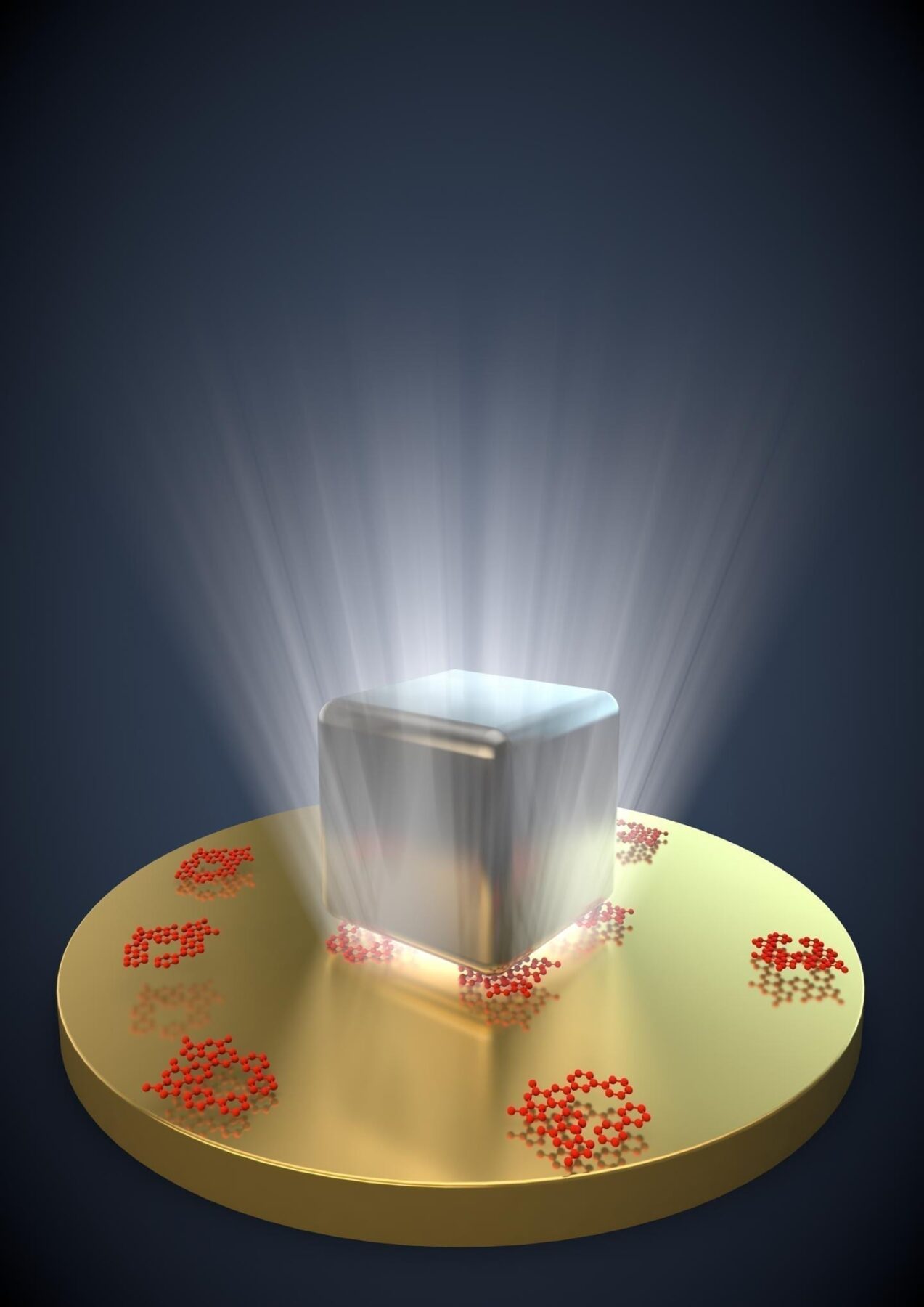
Researchers at the University of Bonn discover a new signaling pathway to combat excess body weight
The number of overweight persons is greatly increasing worldwide – and as a result is the risk of suffering a heart attack, stroke, diabetes or Alzheimer’s disease. For this reason, many people dream of an efficient method for losing weight. An international team of researchers led by Professor Alexander Pfeifer from the University Hospital Bonn, have now come one step closer to this goal. The scientists discovered a new way to stimulate brown fat and thus burn energy from food: The body’s own adenosine activates brown fat and “browns” white fat. The results are now being published in the renowned journal “Nature”.
“Not all fat is equal,” says Professor Alexander Pfeifer from the Institute of Pharmacology and Toxicology of the University Hospital Bonn. Humans have two different types of fat: undesirable white fat cells which form bothersome “love handles”, for example, as well as brown fat cells, which act like a desirable heater to convert excess energy into heat. “If we are able to activate brown fat cells or to convert white fat cells into brown ones, it might be possible to simply melt excess fat away” reports the pharmacologist.
The group of Prof. Pfeifer together with an international team from Sweden, Denmark, Finland, as well as from the Helmholtz-Center Dresden-Rossendorf and the University of Düsseldorf now discovered a new signalling molecule capable of activating brown fat cells: adenosine. Adenosine is typically released during stress. Crucial for transmitting the adenosine signal is the adenosine receptor A2A.
Adenosine activates brown adipose tissue
“If adenosine binds to this receptor in brown fat cells, fat burning is significantly stimulated,” reports Dr. Thorsten Gnad from Prof. Pfeifer’s team. It was previously thought not possible for adenosine to activate brown fat. Several studies with rats and hamsters demonstrated that adenosine blocks brown fat.
However, the researchers from the University of Bonn were not mislead by these previous findings. In contrast, using brown fat cells removed from humans during surgery, the scientists investigated the signaling pathway for fat activation using adenosine. The results showed that rats and hamsters react differently than humans in this regard. “The brown fat in mice on the other hand behaves just as in humans,” summarizes Prof. Pfeifer.
The Latest on: Adenosine
[google_news title=”” keyword=”Adenosine” num_posts=”10″ blurb_length=”0″ show_thumb=”left”]
via Google News
The Latest on: Adenosine
- Sleep better in a hotel with these simple hackson April 30, 2024 at 10:30 pm
Though many sleep like a baby in those extra-cushiony beds in hotel rooms, it can be challenging for others because of varied reasons like unfamiliar environments, lack of bed comfort and jet lag.
- Research reveals the importance of phytocompounds and metabolomics analysison April 30, 2024 at 1:11 pm
Inflammatory bowel disease (IBD) is a common chronic gastrointestinal disorder and current treatment strategies can cause adverse effects. Thus, there is a need to identify alternative compounds to ...
- The Best Pre Workout with Creatine Supplementson April 30, 2024 at 12:47 pm
Branded content. Us Weekly has affiliate partnerships so we may receive compensation for some links to products and services. Want to make the most of your workouts? What if you could feel energized ...
- Can the workout supplement creatine really help you build muscle? What the experts sayon April 30, 2024 at 9:02 am
That's because it gives your muscles a boost by stimulating the production of adenosine triphosphate, or ATP, which your cells use for energy. Those longer, harder workouts can help you build more ...
- The Best Organic Pre Workoutson April 29, 2024 at 8:48 am
Branded content. Us Weekly has affiliate partnerships so we may receive compensation for some links to products and services. I was searching for the best organic pre workouts to help improve my ...
- What Happens To Your Body When You Take Creatineon April 29, 2024 at 6:48 am
Creatine is one of the most well-studied supplements used for muscle growth and enhanced athletic performance. What exactly does it do in the body to promote more energy? A registered dietitian ...
- 10 Drug-Free Ways To Sleep Better, According To Andrew Hubermanon April 29, 2024 at 2:00 am
Sleep is the bedrock of mental health, physical health and performance, according to Andrew Huberman, a podcaster/scientist. Here are his 10 suggestions for better sleep.
- Study details a common bacterial defense against viral infectionon April 26, 2024 at 8:54 am
One of the many secrets to bacteria's success is their ability to defend themselves from viruses, called phages, that infect bacteria and use their cellular machinery to make copies of themselves.
- Get better sleep with these 5 tips from expertson April 24, 2024 at 8:51 am
If nothing’s working and you’ve struggled to get a good night’s sleep for more than a month, experts say it’s time to go to a doctor. This is especially true if your sleepless nights are interfering ...
- Here's How to Take a Nap Without Ruining Your Sleepon April 22, 2024 at 2:07 pm
While some people -- as noted above -- should generally avoid naps, with the right strategy, most people can savor an afternoon nap and still get quality shut-eye when the world goes dark. Here are ...
via Bing News










